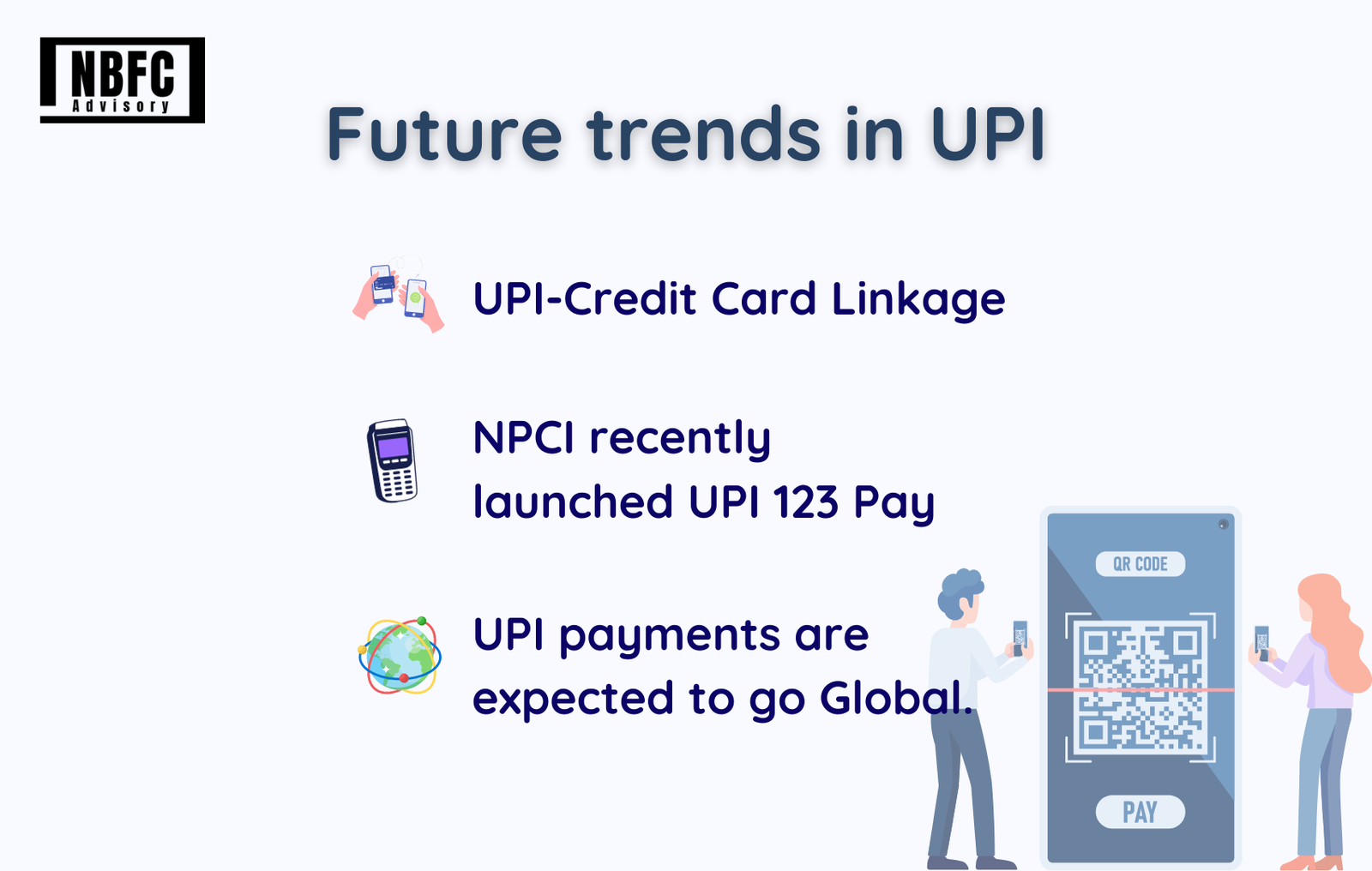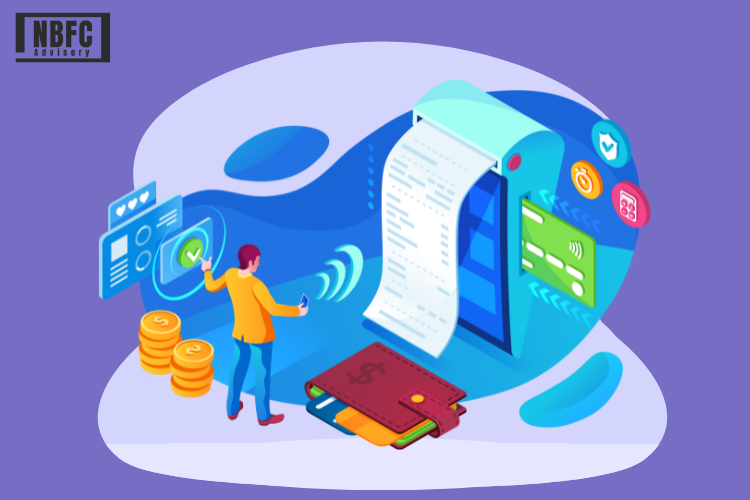Inside This Article
Introduction
The Unified payment interface or UPI transactions, as we know, the elevated convenience served by UPI systems is one biggest reason it’s exceeding other payment methods.
Proof: A report by CLSA verified that UPI corporates to 60% of entire payments — and digital payments have increased from $61bn in 2016 to $300bn in 2021.
From enabling real-time payment on a 24*7*365 mobile access to multiple account integration and secured back-end with IMPS system — Today, UPI is the lifeline for businesses to indulge in payment activities and so on with their customers.
The increasing global acceptance of UPI is also promoting digital payments alliance between India and foreign countries — Singapore, Malaysia, Bhutan, UAE, Nepal, and France are a few of the nations.
With this blog, we will help you analyze — how UPI will influence the fintech industry as a whole in the future. So, read on to understand:
- Introduction to UPI and how it works
- How UPI changed the Fintech in past years
- Future trends in UPI and how it will impact the fintech industry
- Frequently asked questions around UPI
Introduction to UPI and How it works
Before its common functionalities — the origination and development of the Unified Payments Interface (UPI) were accomplished by the National Payments Corporation of India (NPCI) and inaugurated by Raghuram Rajan, RBI governor, in 2016.
UPI, by its definition, is a real-time payments system that functions on several mobile devices and is required to be registered with the bank. After it, a UPI ID should be allotted to the recipient so he can easily transfer his money online.
The process the UPI system follows – an open-source application programming interface (API) via Immediate Payment Service (IMPS) to ensure a strong security fortress and reduce its breaching chances — and regulated by the Reserve Bank of India (RBI).
How UPI changed the Fintech in past years/Post-demonetisation

After the UPI has massively integrated with Fintech and related activities – some significant changes have already been brought to the table.
1. Made the payments system much easier
Before the UPI, hassle-free registration and payment infrastructure was a dream.
Now to receive your UPI ID, there is a seamless process of a few clicks and just a 2-3 steps distance.
The registration process starts by validating your UPI with authentication of your Aadhar card, your fingerprint scanning, and verifying your mobile phone number.
After it, the user’s UPI ID is operable with any bank account– Anytime and anywhere!
2. Buying and selling are more convenient through e-commerce.
One major aid the UPI did to merchants — is that now there are fewer due payments in their books of accounts.
The reason is anyone from customers and debtors to suppliers can now directly transfer money from their bank accounts.
Also, there are fewer details and information-sharing needs for the money sender party. Allowing immediate and real-time payment receiving with greater trust.
Now businesses can focus on their core business instead of going back and forth for invoicing small transactions.
3. Trustful and quick payment
As with UPI, there’s no need to share card information with merchants.
If the merchant’s accounts get hacked — customers’ UPI payment details will be safe from leaking and cyber threats.
Every UPI transaction uses QR codes and unique OTPs for each new transaction, making it even harder to break and decode cybercriminals.
Again with no vulnerable security wall, UPI has made payment activities rapid and quicker than ever.
With two models — person-to-person (P2P) and person-to-merchant (P2M). UPI has facilitated direct payments from one account to another with its two key features — a minimalist interface and a user-friendly experience for its end users.
Future trends in UPI and how it will impact the fintech industry

As UPI has contributed a lot when it comes to enhanced payment scenes — still, there’s room for improvement. So it can help more customers and businesses according to its user-first policy.
Against it, here we are mentioning the possible big trends in UPI that users can benefit from in the future!
1. UPI-Credit Card Linkage
With this, UPI will possibly be able to eliminate credit and debit cards from the entire banking system.
The In-Solutions Global Ltd (ISG) also has anticipated a rise in credit card issuance as issuers allow the linking of government-backed RuPay credit cards to Unified Payments Interface (UPI) – after the RBI announcement of credit card payments for the UPI network with varied platforms.
According to experts, it will be a great assistance to fraud identification and reward settlement on cards with a well-oiled connected system.
Simply, it means that – it can be an efficient part of a cashless Indian economy.
2. NPCI recently launched UPI 123Pay
The NPCI also has lately announced UPI 123PAY, a revolutionary and innovative payment system for non-smartphone/feature phone holders who can make payments using UPI without the Internet connection— plus, in a safe and secure manner.
The method UPI 123PAY uses is — calling on the number shown at the merchant’s end, next the customer, after entering the amount and UPI PIN, gets a callback, and then the payment is accomplished.
Hence, it aims at increasing financial inclusion in rural India.
3. UPI payments expected to go global
The CEO of BharatPe, Suhail Sameer, anticipated that UPI could become the de-facto payment method for Indians — however, not only limited within the country but even while traveling abroad in the future.
With respect to it, NIPL has signed an agreement with Singapore-based Liquid Group to enable UPI QR-based payments in ten countries such as South Korea, Japan, Thailand, Philippines, France, Bhutan, Nepal, Malaysia, Oman, and the United Kingdom — all of them accept UPI payments now.
With this, India is targeting to increase its digital payments landscape and position itself as a global leader in the finance space.
FAQs
1. Is UPI accepted globally?
Not yet. However, NIPL has signed an agreement with Singapore-based Liquid Group to enable UPI payments in ten countries, including South Korea, Japan, Thailand, Philippines, France, Bhutan, Nepal, Malaysia, Oman, and the United Kingdom — all of them accept UPI payments now.
How we can help!
That being said, UPI in the fintech economy is in its big play and thriving like never before. That’s why it’s better to prepare and equip yourself with the latest trends – so you can never miss out on any opportunity.
We at NBFC Advisory, with 15+ years of experience in advisory and counseling, assist businesses in getting their payment systems done so they march forward with projected steps.
With insights and strategic deployment —our team of professionals is a one-stop solution so you never miss out on your profits.








